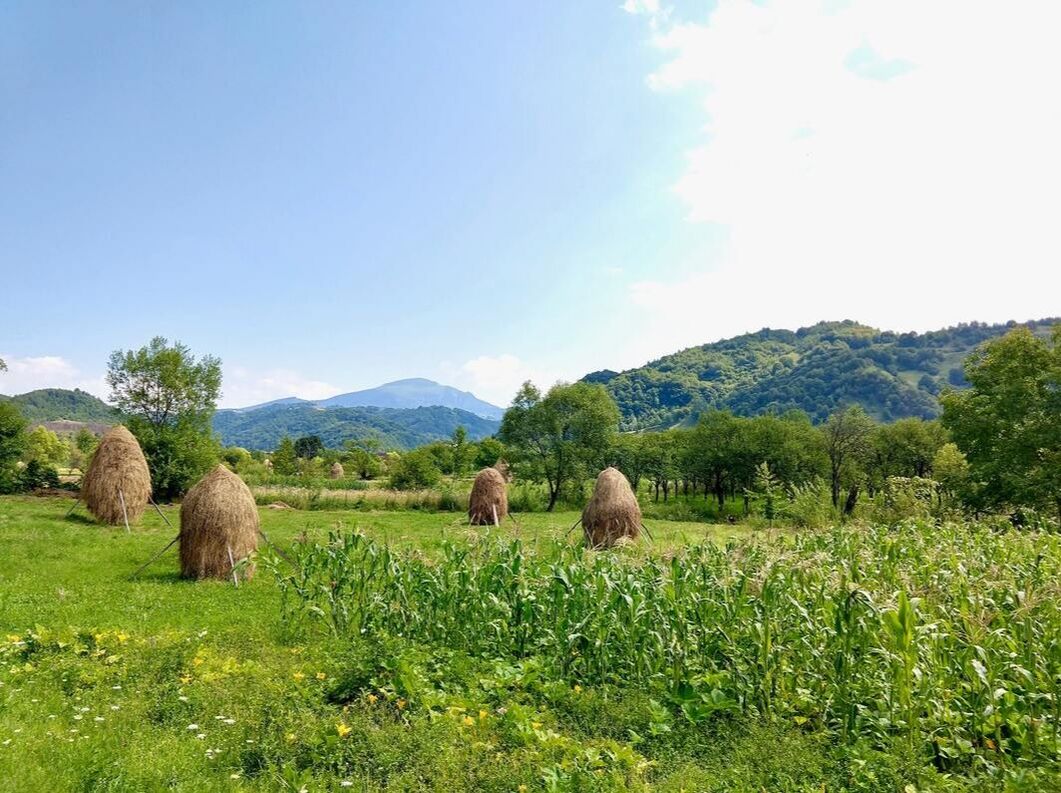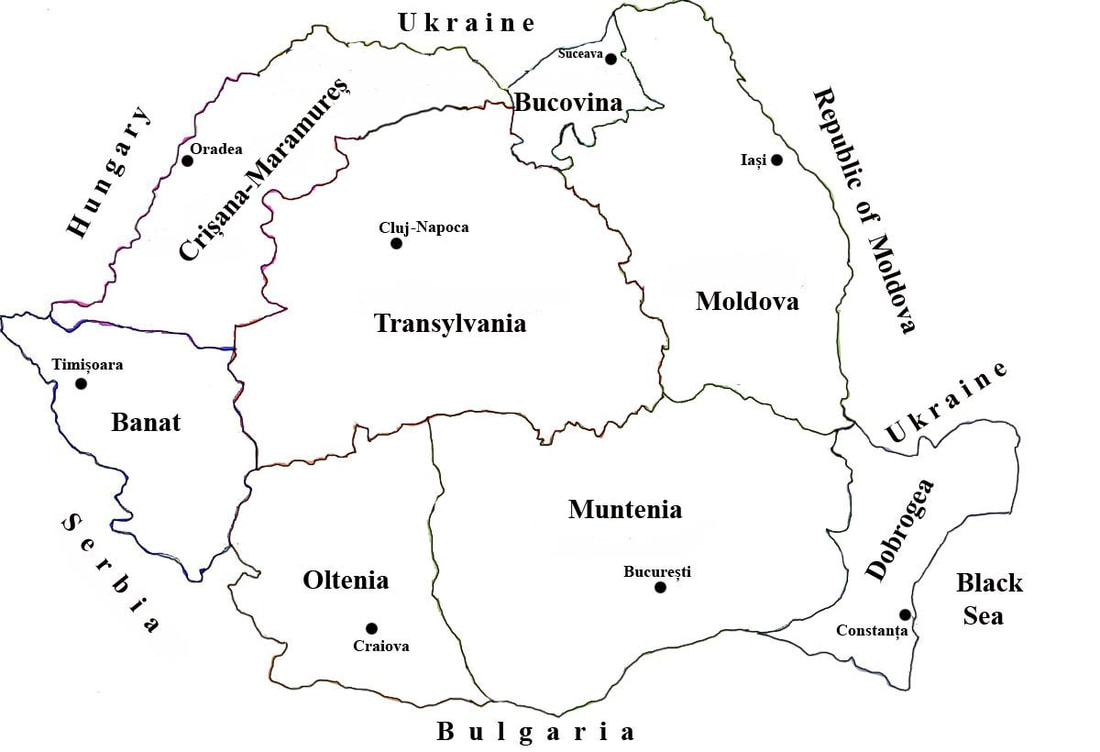‘a little coldness exists’: Attitudes towards Internal Migrants in Romania
IGDC Member Thomas O’Brien & co-authors share this blog following their recent article looking at the internal migration and stigmatization in the rural Banat region of Romania

This article is republished from Identities with permission. Read the original article here. Thomas O’Brien – University of York, UK, Remus Creţan, Raluca Covaci and Ioan Sebastian Jucu – West University of Timişoara, Romania
Romania has several multicultural regions, including the Banat in the southwest. During its time as part of the Habsburg and Austro-Hungarian Empires (1718-1918), cultural influences and economic developments from the West (German, Austrian, and Hungarian) made it an attractive destination for migrants. This continued after the Trianon Treaty and Romanian unification in 1918, as Banat was economically advanced compared to other regions to the East and South. Rapid industrialization and urbanization under the communist regime (1947-1989) and the subsequent removal of restrictions on movement in the early post-communist period also saw steady internal migration patterns.
Despite this long history as a recipient of migrants and cultures, the sense of nativism and place belonging is strong among Banateni. Proximity to Central Europe also led to a sense of discrimination, as Both (2015) noted, a Banat resident ‘would better prefer a German, Serbian or Hungarian than a migrant non-Banat Romanian’ in their village. In our recent article (O’Brien et al, 2022), we attempted to uncover attitudes towards internal migrants and how these were understood by migrants themselves in rural Banat.
Attitudes towards internal migrants were found to vary by region of origin, with Oltenians and Moldovans being seen as least welcome. This pattern is interesting given the close proximity of Oltenia and the relative remoteness of Moldova (see Figure 1). Regardless of where the migrants came from, they were identified as vinitura or an undesirable person who settled in the village. Discussing their view of migrants, a resident of one of the villages stated:
"a little coldness exists because those who come were not very sociable, they deal with gossip and lies, you don’t know what to talk to them about. I had very little to talk to them, but I don’t have a relationship, friendship or collaboration. If you borrow something to them, they won’t give back anything and then they are not working too hard"
This quote captures a range of concerns about the newcomers but most clearly demonstrates a form of social distancing, where judgements are made on the basis of limited knowledge and exposure. It also potentially suggests a lasting legacy of the communist period, as the lack of trust it embodied, coupled with restrictions on movement meant that outsiders were required to be treated with a sense of caution and wariness.

Figure 1 - Historical Provinces of Romania
Source: Dispunerea provinciilor istorice pe harta României.jpg by Maramorosiensis is licensed under CC BY 4.0. Modified by Raluca Covaci and Remus Creţan, 2022.
Among the Banateni, three broad categories of attitudes were identified. A harsh stigma propagated among older people, with expressions connected to skin colour (i.e. Oltenian Gypsy), the word vinitura, and the use of other offensive terms in relation to migrants. By contrast a hidden stigma was identified among middle-aged, educated residents, involving softer expressions in which the language is more nuanced and included in everyday jokes and stories about the migrants. Finally, latent stigma was present among younger people and second/third generation migrants. Younger people are more integrative and rarely used harsh terms such as vinitura, possibly connected to the smaller number of migrants in recent times. This shows a clear generational divide in views of migrants, although certain regional stereotypes, such as ‘alcoholic Moldovans’ and ‘tricky Oltenians’ continued to circulate amongst Banateni more generally. This echoes research from Capusotti (2010) in Italy and Guan and Liu (2014) in China, where internal migrants were stereotyped based on their region of origin.
The ongoing presence of negative stereotypes and attitudes towards migrants can also be traced to the self-pride of the Banateni. Long association with Central Europe shaped the self-image of the residents. The hostility towards residents from the neighbouring Oltenia region relative to migrants from other regions may be reflecting historically grounded prejudices. Oltenia had also been under Habsburg rule, but for a shorter period than Banat. Its proximity to Bulgaria and the former Ottoman Empire also mean that it potentially serves as a form of cultural buffer or border zone, mixing and diluting the sense of proximity to more Western cultural values. The findings of the study therefore tell us much about attitudes towards incomers, while at the same time pointing to the need to further investigate the importance of region of origin in shaping attitudes.
Image Credit: Photo by Amelia on Unsplash
| IGDC Member | Thomas O'Brien |
|---|---|
|
|
Tom’s research interests span the fields of political science and sociology. Within this range his research has centred on the themes of democratisation, political leadership, environmental sociology and contentious politics. Current work with colleagues in the UK and abroad considers issues such as protest and activism in Bulgaria and Romania, governance and leadership in Southeast Asia, and distrust in peace negotiations. |
Contact us
Interdisciplinary Global Development Centre
igdc@york.ac.uk
01904 323716
Department of Politics and International Relations, University of York, Heslington, York, YO10 5DD, UK
Twitter
Contact us
Interdisciplinary Global Development Centre
igdc@york.ac.uk
01904 323716
Department of Politics and International Relations, University of York, Heslington, York, YO10 5DD, UK
Twitter
.jpg)